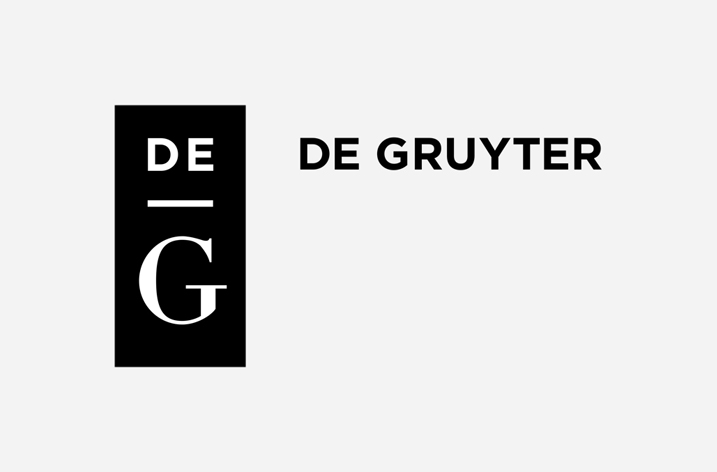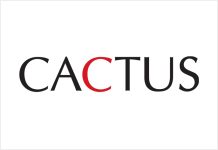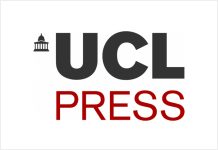
Today, Clarivate Analytics and UNSILO announce a partnership to pilot artificial intelligence capabilities in ScholarOne, Clarivate Analytics’ leading submission and review system.
Adoption of artificial intelligence during submission and peer review has been slow. UNSILO and Clarivate Analytics aim to change that by rapidly developing and testing UNSILO’s Manuscript Evaluation features in ScholarOne. The pilot will focus on decision support features for editors, improving the performance of paper screening with the potential to save millions of hours in peer review time 1.
It is the first step in an ambitious effort to push the boundaries of applying artificial intelligence to help people evaluate content before and after submission to publications. It will evolve the role of ScholarOne in the scholarly domain from a workflow system to decision support, and leverage a number of unique Clarivate Analytics’ capabilities and expertise.
Together, UNSILO and Clarivate will explore ways AI can automate manual processes and provide deeper insights to support decision making. UNSILO and Clarivate Analytics will jointly reveal some very early pilot designs and demonstrate real-time functioning software during Frankfurt Book Fair, October 11-14.
Keith Collier, Managing Director, Publisher Services, Clarivate Analytics said, “Peer review is the cornerstone of scientific publication. The combination of UNSILO’s AI expertise with Clarivates’s data and workflows has significant potential for improving the peer review process, saving time while also increasing the efficiency of the peer review process.”
Thomas Laursen, CEO of UNSILO, commented: “The growth of research output will challenge the sustainability of traditional peer review models if we do not augment and strengthen people’s screening capabilities. UNSILO Manuscript Evaluation will support the human capacity for manuscript preparation; reduce time to publication; and scale the screening of content, both pre and post-submission.”



























